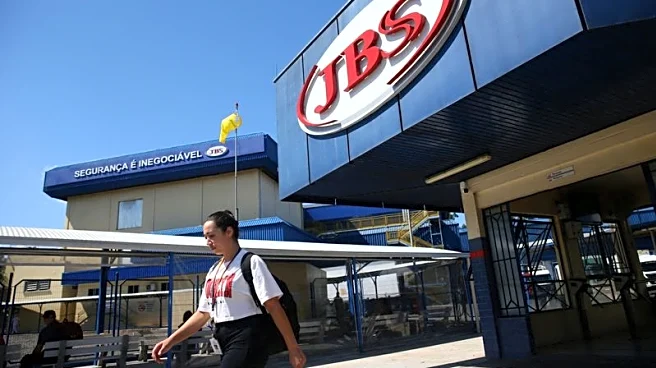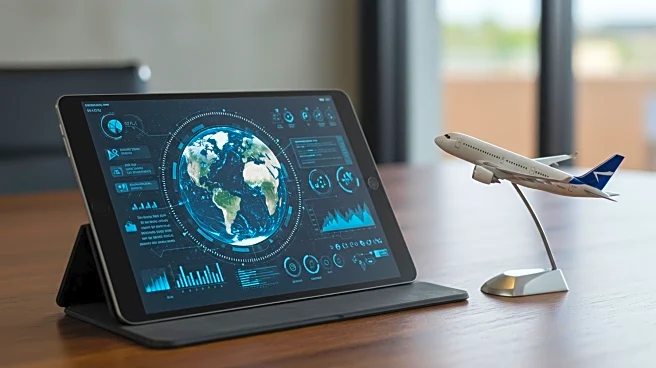What's Happening?
Dragonfly Energy Holdings Corp. has initiated a significant strategic shift in 2025, moving from a direct-to-consumer retail model to a business-to-business and original equipment manufacturer strategy. This transition aims to enhance scalable growth, margin expansion, and long-term value creation. The company's direct-to-consumer sales have faced challenges, declining by 9% year-over-year, while OEM sales have surged by 50.6%, becoming the largest revenue stream. This shift focuses on industrial and commercial clients, embedding Dragonfly's lithium battery technology into factory-level systems. Key sectors benefiting from this transition include the RV and heavy-duty trucking industries, with partnerships such as Airstream and Stevens Transport integrating Dragonfly's battery solutions. Financially, Dragonfly's gross margin has expanded, and the company has optimized fixed costs, indicating a path to profitability.
Why It's Important?
Dragonfly Energy's strategic pivot is crucial for its financial health and market positioning. By transitioning to an OEM-driven model, the company is addressing the limitations of retail-driven growth and capitalizing on industrial demand. This shift not only enhances revenue streams but also strengthens Dragonfly's role as a key supplier in critical markets like RVs and trucking. The margin expansion and operational efficiency achieved through this strategy are vital for the company's path to profitability. Investors may find this transition appealing as it offers a blend of innovation and execution, potentially leading to significant rewards as the energy storage sector evolves.
What's Next?
Dragonfly Energy's focus on OEM partnerships is expected to drive further growth and revenue diversification. The company's guidance for Q3 2025 indicates a 25% year-over-year increase in net sales, suggesting continued expansion into heavy-duty trucking and industrial markets. While profitability remains a work in progress, the narrowing losses and margin improvements indicate progress towards breaking even within 12-18 months. The company faces risks from macroeconomic volatility and competition, but its niche market focus and OEM-centric model provide a competitive advantage.
Beyond the Headlines
Dragonfly Energy's strategic shift highlights broader industry trends, such as the growing importance of OEM partnerships and the demand for domestic, reliable suppliers. The company's proprietary battery technology aligns with global onshoring trends and supply chain resilience demands, positioning it as a preferred partner for OEMs. This transition also reflects a shift in the energy storage sector towards scalable, high-margin business models.












